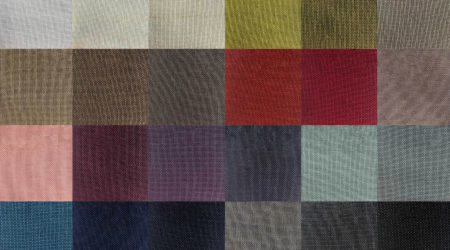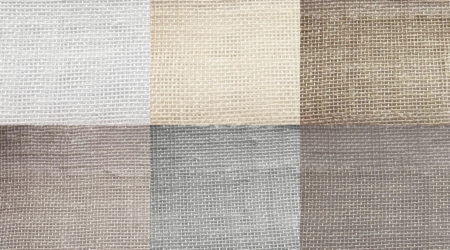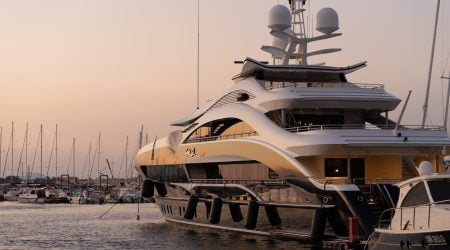New Mirage Voile IFR Range Available
Discover our brand new range of Mirage Voile IFR, made from 100% polyester and Inherently Flame Retardant.
Read MoreSpecialising in the production of theatre and stage drapes for over 30 years
Our latest post tells you everything you need to know about these essential stage items and the different materials used for each. Cycloramas, scrims and backdrops are key parts of the stage set-up, but because they are similar it is easy for people to become confused as to what each is and where they appear.
Our latest post tells you everything you need to know about these essential stage items and the different materials used for each
Cycloramas, scrims and backdrops are key parts of the stage set-up, but because they are similar it is easy for people to become confused as to what each is and where they appear.
It is important to understand the differences between cycloramas, scrims and backdrops as they each play a different role and are made out of different materials.
Below, we take a look at the differences between cycs, scrims and backdrops, where they are used on the stage and the different materials they are made out of.
Cyclorama: A cyclorama is located at the very back of the stage, but in front of the backdrop, and its purpose is to give the appearance of sky, open space or great distance.
Cycs are usually concave and form part of the background of the stage and the set. They also act as a barrier between the audience and the back and side of the stage structure.
Cycloramas are usually made out of neutral material such as unbleached canvas, muslin and scrim flat panels and are then front lit to create the desired look, skyline, space, etc.
Scrim: Scrims appear all over the stage and not just at the back as is the case with cycloramas. But they do serve a similar purpose, creating a background or sense of place on the stage.
Scrim is made from a specific type of fabric known as sharkstooth scrim – it can be used to make cycloramas, for example – and can be used for drops, borders and more.
Scrims are often lit and depending on the techniques used can either be translucent or opaque. The light not only illuminates the scrim but also anything behind it, creating incredible effects.
Backdrops: A backdrop is a generic term that refers to any fabric that is used anywhere on the stage, hence the occasional confusion between cyc, scrim and backdrop.
Most commonly, backdrops appear at the very back of the stage or scene and just like scrims and cycs, are used to create a sense of place and to block the back of the stage from view.
Backdrops can be made from a variety of materials but most commonly they are made from canvas, cotton or muslin and with white and black the most popular colours used.
Perhaps the biggest difference between backdrops and scrims and cycs is that as well as having light shone onto them, they can also be painted to create a wide range of scenes.
Backdrops can also be used to create a sense of action and excitement on the stage; they can be interchanged and also drop and raise to hide objects or reveal cast members.
Cycs, scrims and backdrops all use different fabrics, and the material used will depend on which stage aspect you are wanting to build and create.
Cycs and backdrops have the widest choice when it comes to the fabrics you can use, while scrims are made out of specific sharkstooth scrim.
When deciding which material is best for you needs, consider whether you plan to light the fabric or paint on it and whether it needs to meet any fire safety standards.
If you need any assistance when it comes to cycs, scrims and backdrops or the best fabric to match your requirements, contact a member of the Whaleys Stages team here.

Discover our brand new range of Mirage Voile IFR, made from 100% polyester and Inherently Flame Retardant.
Read More
Discover our brand new range of Eco Voile IFR, made from 100% recycled polyester and Inherently Flame Retardant.
Read More
We now have IMO (International Maritime Organisation) Certification for the following qualities…
Read More